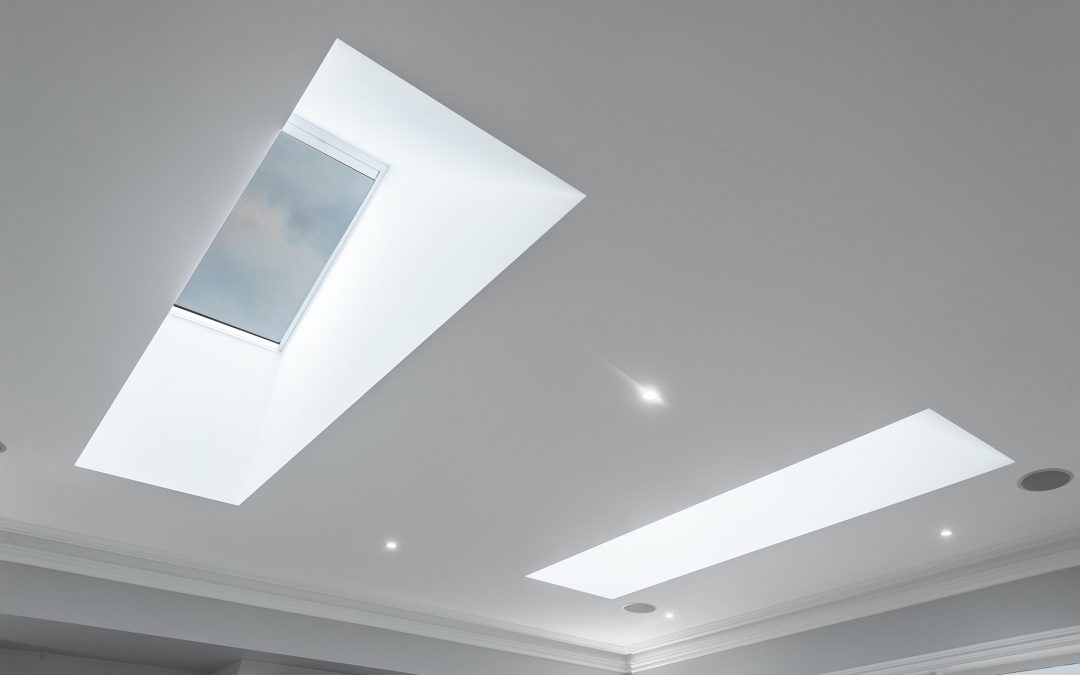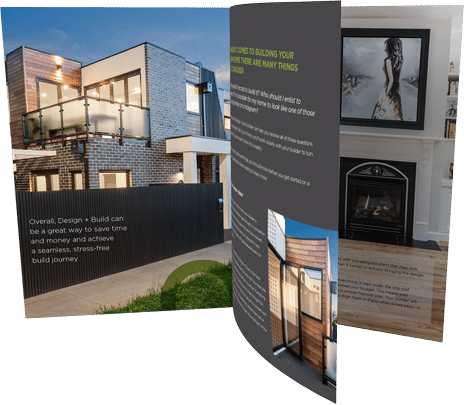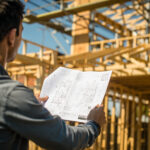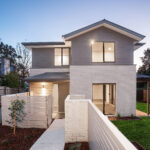If the 2020 lockdown has taught us anything it’s that spending time outside is important. But when we can’t be outside, there’s nothing better than having a room full of natural light to bring the outdoors in.
If you have a room that’s low in natural light, a skylight is the perfect solution. Due to their ceiling positioning, skylights can let in up to five times more natural light than a window, providing warmth in winter and ventilation in summer.
Before installing a skylight it’s important to do your research to ensure you’re making the right choice for your home. Knowing the benefits and drawbacks of a north or south-facing roof, what glazing style is appropriate and the benefits of ventilation will ensure you’re well prepared for your home’s new feature.
Keep reading for four things to know when considering a skylight.
1. Style
There are two main styles of skylight – flat and domed. Flat skylights are most often built from glass and feature a square or rectangular frame, while domed skylights are made of plastic, have a circular shape and are frameless. Typically, dome skylights are better at keeping debris and moisture at bay, but flat designs are easier to customise and more durable.
Skylights are also either fixed or vented. Fixed is generally recommended for leak protection and insulation against wind and is typically a more cost-effective option, however they aren’t able to be opened. Vented skylights can be opened either automatically or manually and can provide much needed airflow to a space, which is likely to be appreciated in the warmer months.
2. Location
Selecting the perfect place for your skylight will help you determine the right size and style for your home. A skylight facing north provides steady all-day light that will keep a room cool, while an east-facing position will allow morning sun and west-facing afternoon light.
If warmth is a priority, south-facing roofs allow for maximum passive heating. If you place a skylight in the middle of a room, you ensure that every corner receives light, while placing a unit under the shade of a tree can prevent overheating a room.
3. Quality
Skylights comprise of a single piece of glass or plastic glazing held in place by a frame. Glass glazing is heavier and tends to cost more, but many would recommend the investment as it provides higher protection from the sun’s UV rays, higher light clarity and is better protected from scratches and falling debris. Glass skylights are also more easily customisable.
Plastic skylights come at a lower cost and are less prone to breakage. They are, however, more likely to discolour with time and are less durable. At RODA, we recommend an additional coating of polish if you opt for a plastic glaze as this will ensure protection from the elements.
4. Energy Efficiency
A higher quality skylight that has been professionally installed will not only protect from leaking or degrading with time, it will ensure you’re maximising energy efficiency.
The angle of your light, as well as its moisture control, will further improve the energy performance. It’s important to understand a skylight’s energy performance before installation and the Window Energy Rating Scheme have a database to assist you with this.
____
If you’re looking for a little extra light in your life and considering a skylight in your new custom home or multi-unit development, get in touch with the expert team at RODA today.






